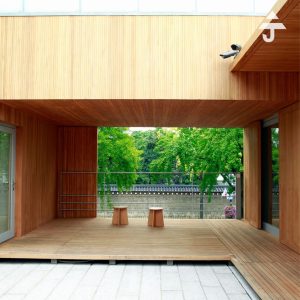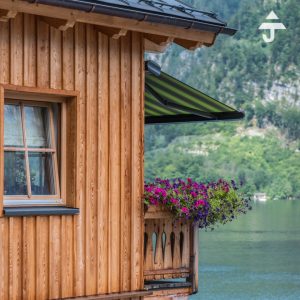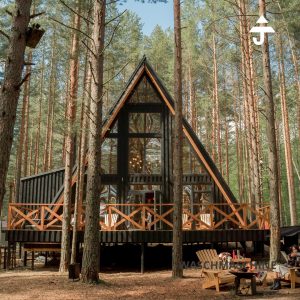Concrete as a climate saver?

One thing is certain: turning off all sources of CO2 to save the climate is not enough - we will also have to actively remove our CO2 waste from the air in future. The fact that the "climate sinner" concrete, of all things, can help us to do this could be a step-by-step joke in climate history. From Saul to Paul: How a source could become a sink.
Dear roommates!
We have two options for actively removing the greenhouse gasCO2 from the air: Firstly, we try to captureCO2 from the air using complicated and energy-intensive processes and then inject it into old gas and oil reservoirs. The downside is that we first have to develop these processes and scale them up to the right size. (After all, we are talking about several gigatons ofCO2 per year that we will have to remove from the air). Or, as a second option, we can let nature help us. From trees, bushes, hedges, grasses, wheat, corn, ... - simply from everything that grows and thrives.
The principle
We let all these plants take carbon dioxide (CO2) out of the air and bind the carbon - and then we prevent the carbon from escaping back into the air (spoiler alert: by turning it into biochar). In principle, just as millions of years ago primeval forests became coal deposits. This is not science fiction: charcoal burners, who turn wood into charcoal in their charcoal kilns, have mastered the technique for thousands of years. And like the charcoal burners, we let the plants make the difficult start: they convert gas into sugar - photosynthesis converts the gaseousCO2 into solid C6H12O6.
The plants make the start
Whether leaf, stem or branch - carbon that the plant has previously taken from the air is stored in all types of biomass. Carbon that has previously been whirledthrough the air in combination with oxygen as the greenhouse gasCO2 . Alongside water and sunlight, this carbon dioxide is an indispensable staple food for plants, which they need for photosynthesis. It is the only way they can grow and makes the famousCO2 curve of Mauna Loa in Hawaii, for example, a sawtooth curve. When the vegetation in the northern hemisphere takes off in spring, the plants grow at the expense ofCO2 and eat a dent in the curve. In the fall, when the plants rot again, the greenhouse gas returns. In this way, year after year, the world's plants file a tooth into the overall risingCO2 curve.
You can find the whole article here:
Photo ©️Andreas Hunter






